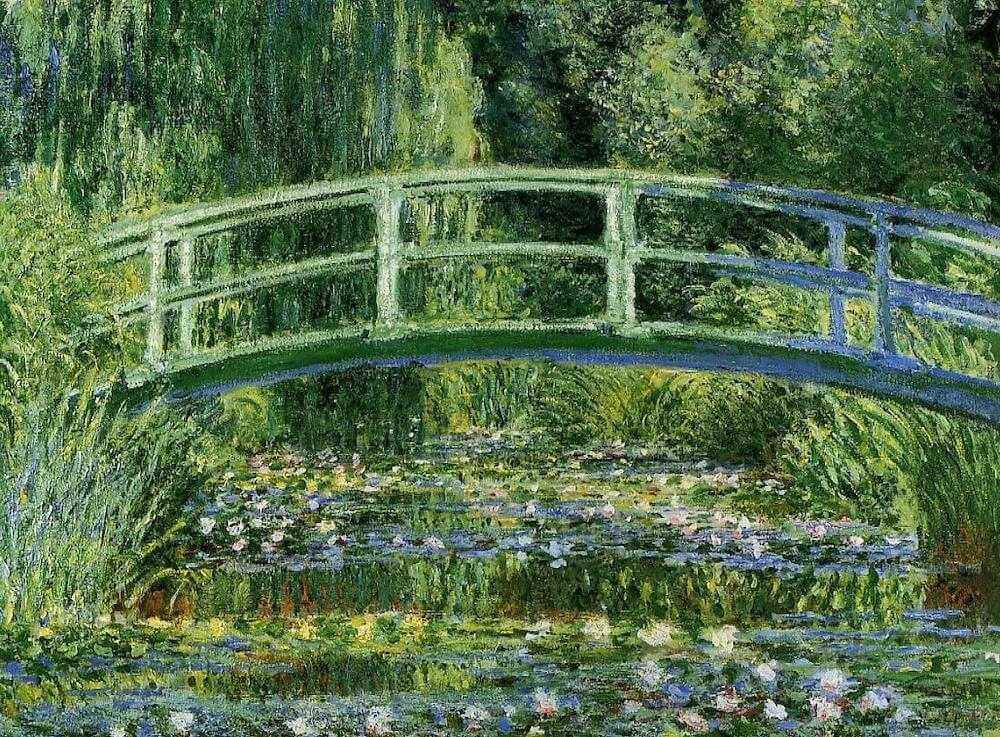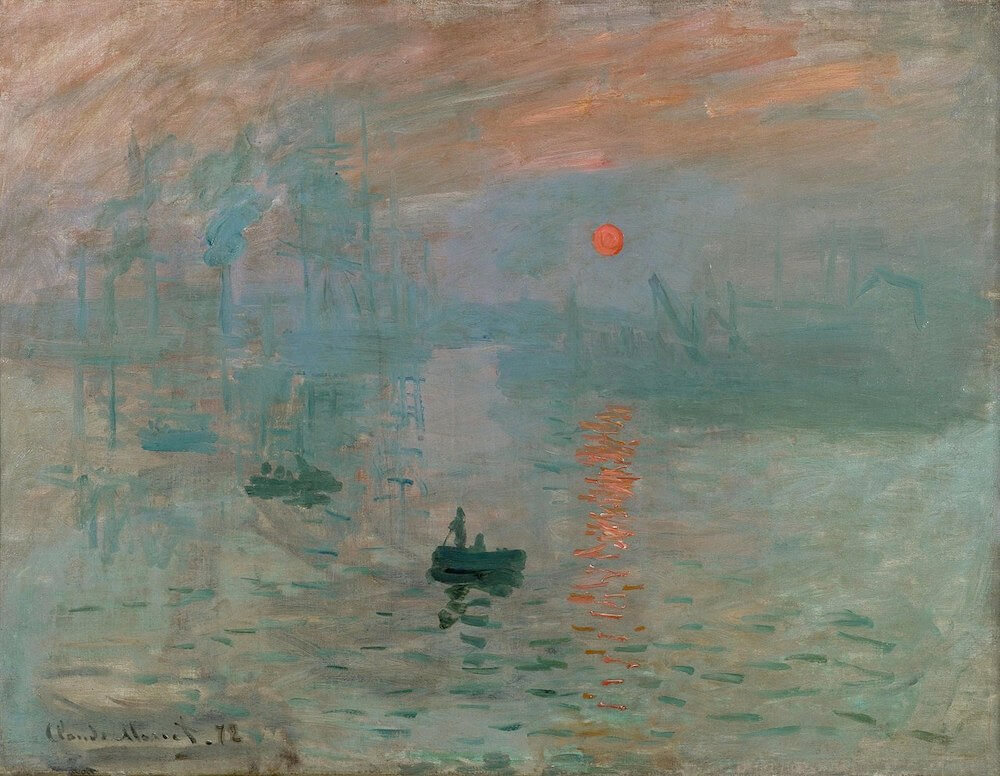Connecting dots in arts: Impressionism and Japan
Many of us admire Impressionist paintings. This revolutionary movement defied many artistic traditions, except the one it drew inspiration from—Japanese culture.

What do we know about Impressionism?
Impressionism is perhaps the most crowd-pleasing movement within Modern art. The Impressionist paintings are full of light and bright colors, and it’s hard to resist their charm. Nowadays, many of them have become iconic centerpieces of the Western art canon.
This was not the case back in the 1860s when a group of young artists said goodbye to the Western Academic tradition and started to paint what they saw and felt.
“Impressionism, Sunrise”—Claude Monet’s famous painting, which gave the movement its name, was just one of the numerous sketches of the same scene. The subject of this series was neither the port of Le Havre, the artist’s hometown, nor the boatmen. Instead, the artist wanted to depict the color of the water and the air soaked with the sunlight. Or rather the impression it made at the moment of the sunset.

The critics used the word “Impressionism” as an insult, but the painters adopted it, adding to their reputation as radicals and revolutionaries. Eventually, the group was banned from the official Salon (which was the only possibility to show the paintings to the world) and exhibited at the alternative Salon des Refusés.
Today, Impressionist paintings are among the most appreciated by the audience—and the most expensive at the auctions, selling at prices upwards of 100 million dollars. We see their value as obvious, so why was the Impressionist style so shocking to its contemporaries? And where did it come from? And what does it have to do with Japan?
Next up, we will discover: Which phenomena influenced impressionist painters, how they have been inspired by Japanese culture, and what do people say of such admiration today.
Impressionism: a child of its time
Though the Impressionists made a revolution in style and technique, their innovations stemmed from the discoveries of their predecessors—the Realists. From the 1820s, artists like François Millet and Camille Corot would travel to the village of Barbizon near Paris to capture the countryside and routine of rural laborers en plein air.
The Impressionists inherited this penchant for outdoor painting, as well as the indifference to religious, mythological, and historical scenes, idealized portraits, and idyllic landscapes. They replaced all those subjects with realistic depictions of nature and everyday life scenes. Berthe Morisot’s Reading (1873) is a hallmark of this approach. The artist depicted her sister in her daily pursuit, rendering her figure in a natural outdoor environment.
